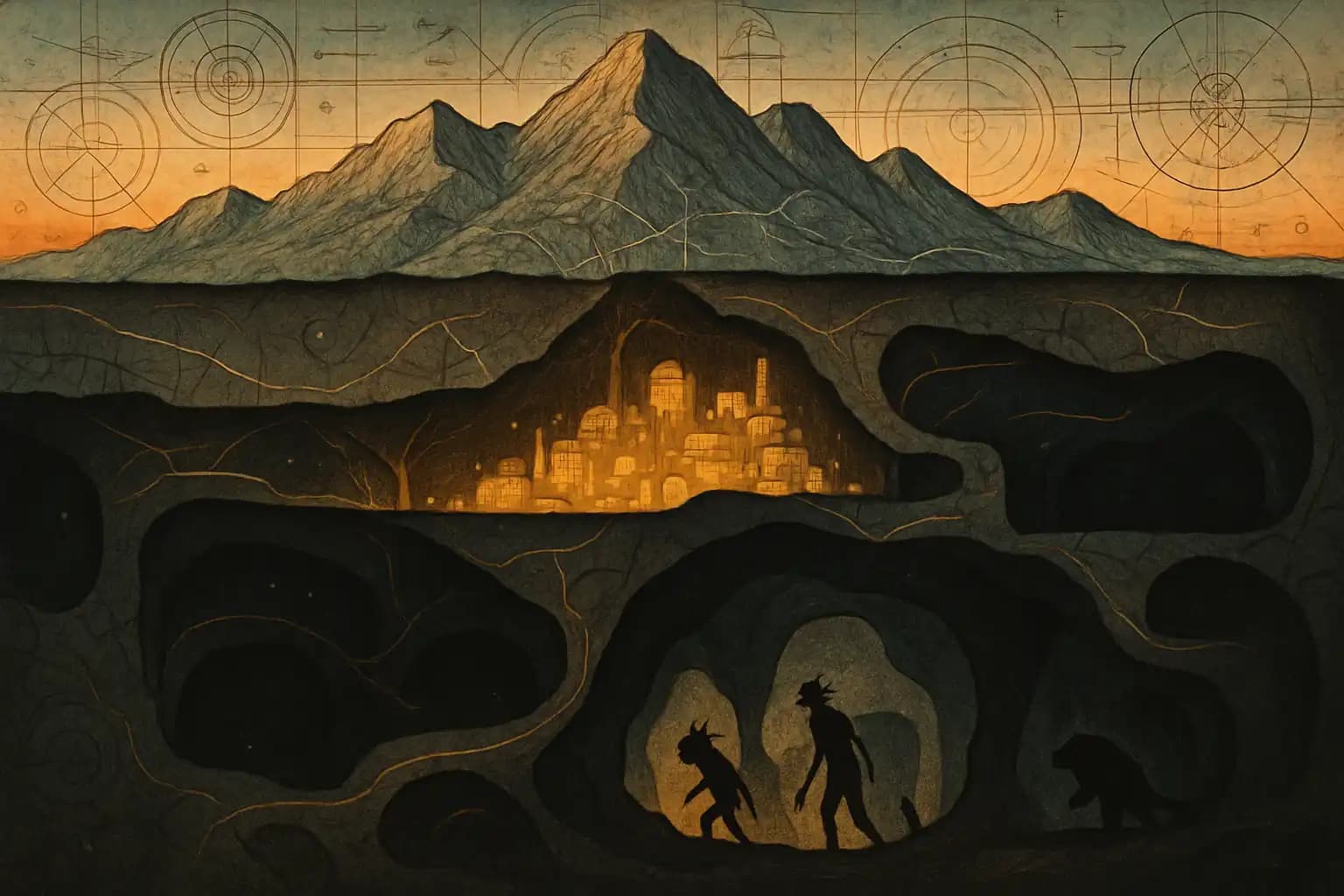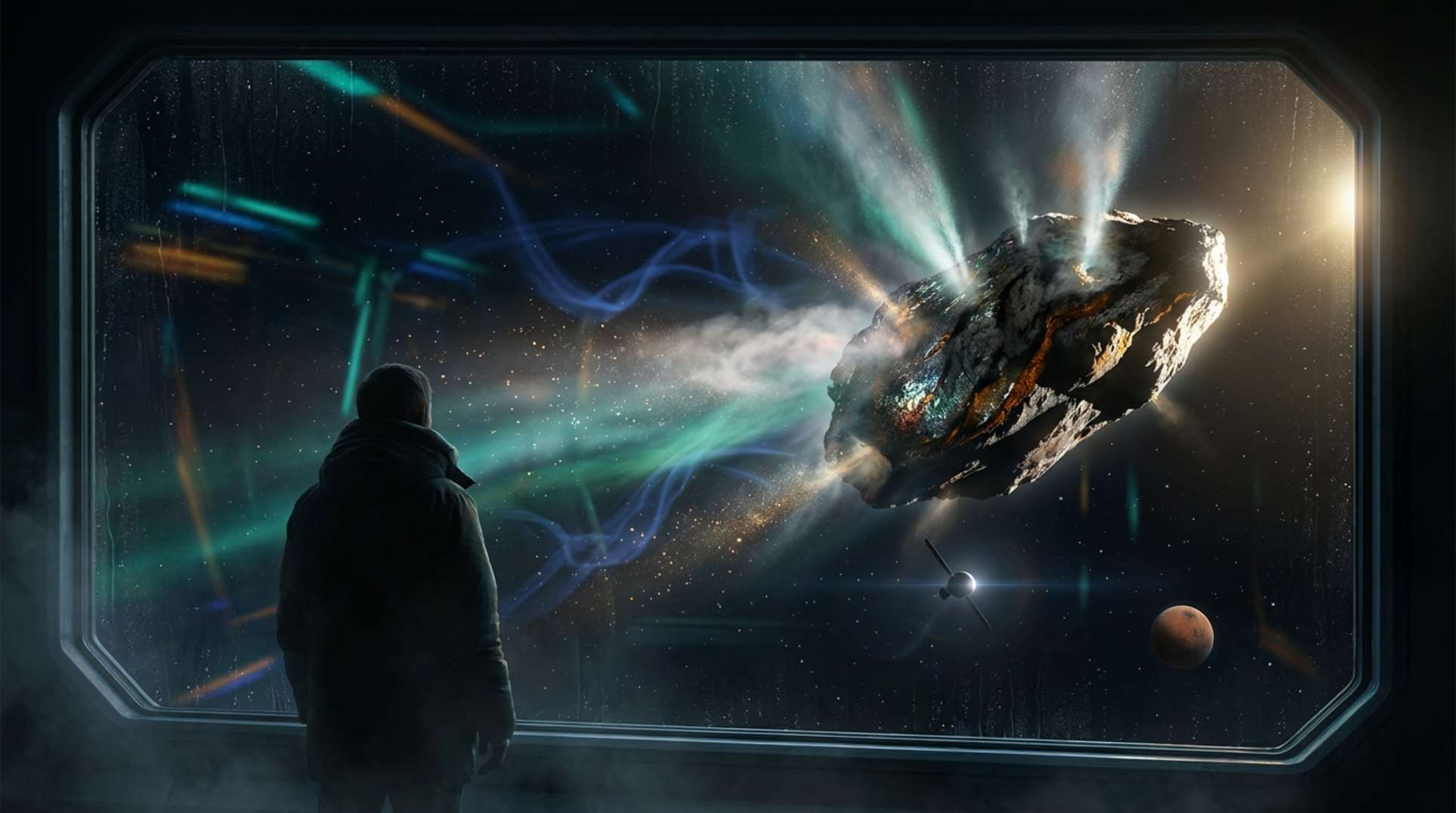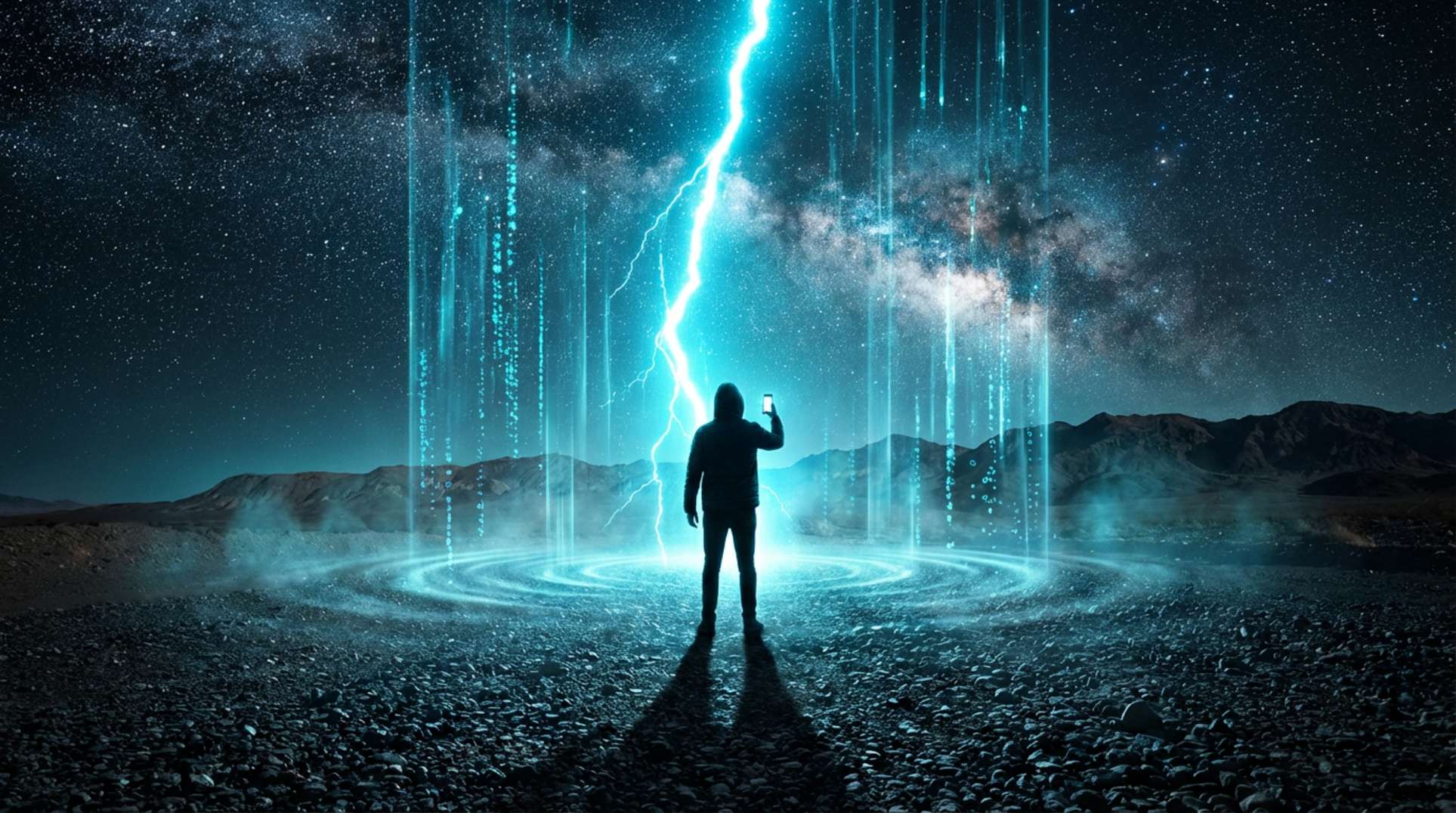Think you know what lies beneath your feet? Think again. For centuries, the concept of an inner realm filled with secrets, lost technologies, and perhaps entire civilizations has sparked debate, satire, and real investigation. The Hollow Earth theory has ebbed and flowed between scientific thought and fringe pseudo-science. New “clues” continually emerge, much like magma bubbling below the crust.
Whether you’re drawn to the myths of Shamballa or intimidated by modern tales of strange creatures in unexplored caves, humanity’s intrigue with the concealed underground endures. Reports, evidence, and unverifiable claims fuel the mystery—each hint at a hidden world deepens the global rabbit hole. If you believe doomsday preppers, secret agencies, or ancient cartographers keep the truth under wraps, you are ready for the next chapter in subterranean speculation. If just a fraction of what’s rumored in this exposé or the high-tech espionage in recent investigations turns out true, it would shock many that real danger may come from below, not above.
Hollow Earth Theory: From Ancient Myths to Modern Conspiracy
Long before science fiction embraced the Hollow Earth theory, humanity fixated on what lies below. Ancient mythologies include stories of cavernous underworlds: from the Greek Hades to the Celtic Cruachan, a gate to hell where strange creatures emerge, and the mystical land of Shamballa from Tibetan tradition. Even early scientific hypotheses—proposed as early as the 17th century—gained popularity before hitting a dead end (or, at least, a very solid core).
Yet, belief in vast subterranean realms persisted into modern times. Stories captured in archaeological investigations and the legendary city of Agartha in spiritualist texts keep the dream alive. Meanwhile, modern enthusiasts have identified supposed entrances at both poles, deep within the Amazon, or beneath great cities worldwide.
Evidence of Subterranean Cities: Between Archaeology and Allegory
Occasionally, archaeologists stumble upon discoveries that, for conspiracy theorists, fuel Hollow Earth speculation. Finds like lost cities buried beneath sand or stone and reports of ancient structures beneath pyramids lend periodic (and often exaggerated) support for the idea of past advanced civilizations. However, credible science remains steadfast: while extensive underground complexes and urban centers like Derinkuyu in Turkey exist, they do not support a hollow planet—only remarkable human perseverance and innovation.
This interplay between proof and fantasy is no coincidence. Pop culture, fiction, and speculative non-fiction (see a popular breakdown of Agartha) continuously feed public intrigue. New ground-penetrating technologies bring both literal and figurative depth to subterranean exploration. Simply look at evidence of fresh geological discoveries or anomalous earth signals to see how swiftly the unknown associates with ancient, potentially hidden activity.
Strange Creatures of the Depths: Folklore Meets Modern Mystery
Creatures from Hollow Earth legend range from Lovecraftian monsters to spiritually “enlightened” inner-Earth beings. Ancient stories revived by modern encounters keep cryptids and mythical races alive in today’s digital age—tales echoed and sometimes sensationalized in mainstream outlets or underground city exposés. While scientific consensus suggests we’re more likely to discover bacteria than world-ending titans in the deep crust, stories of giant humanoids, lost tribes, and reptilian enclaves continue to gain traction.
Interestingly, scientific missions like cave explorations often reveal entirely new, highly adapted species—proof that life in the “underworld” can be stranger than fiction, even if it doesn’t align with apocalyptic survival stories or ancient prophecies.
Earth’s Hidden Realms: Where Pseudoscience, Geology, and Hope Collide
While most evidence for Hollow Earth remains wishful thinking, the theory isn’t dead—and neither are the cultural, psychological, and existential needs that drive our dreams of hidden realms. The enduring nature of these legends, echoed in Hollywood blockbusters and new-age warnings, reflects humanity’s thirst for secrecy and surprise. In this age of rapid subsurface scanning, geological anomaly mapping, and rediscovering underground cities, the line between fact and fiction will likely become blurrier. For insights into what occurs below and above, platforms like Unexplained.co have become essential resources for debunkers, dreamers, and doomsday planners alike.
One thing is clear: the truth beneath us is not hollow, but it is far from empty. If the world ever concealed a lost civilization or ancient secret, you can bet that the world’s closet full of conspiracy theorists will keep digging, one myth at a time.




